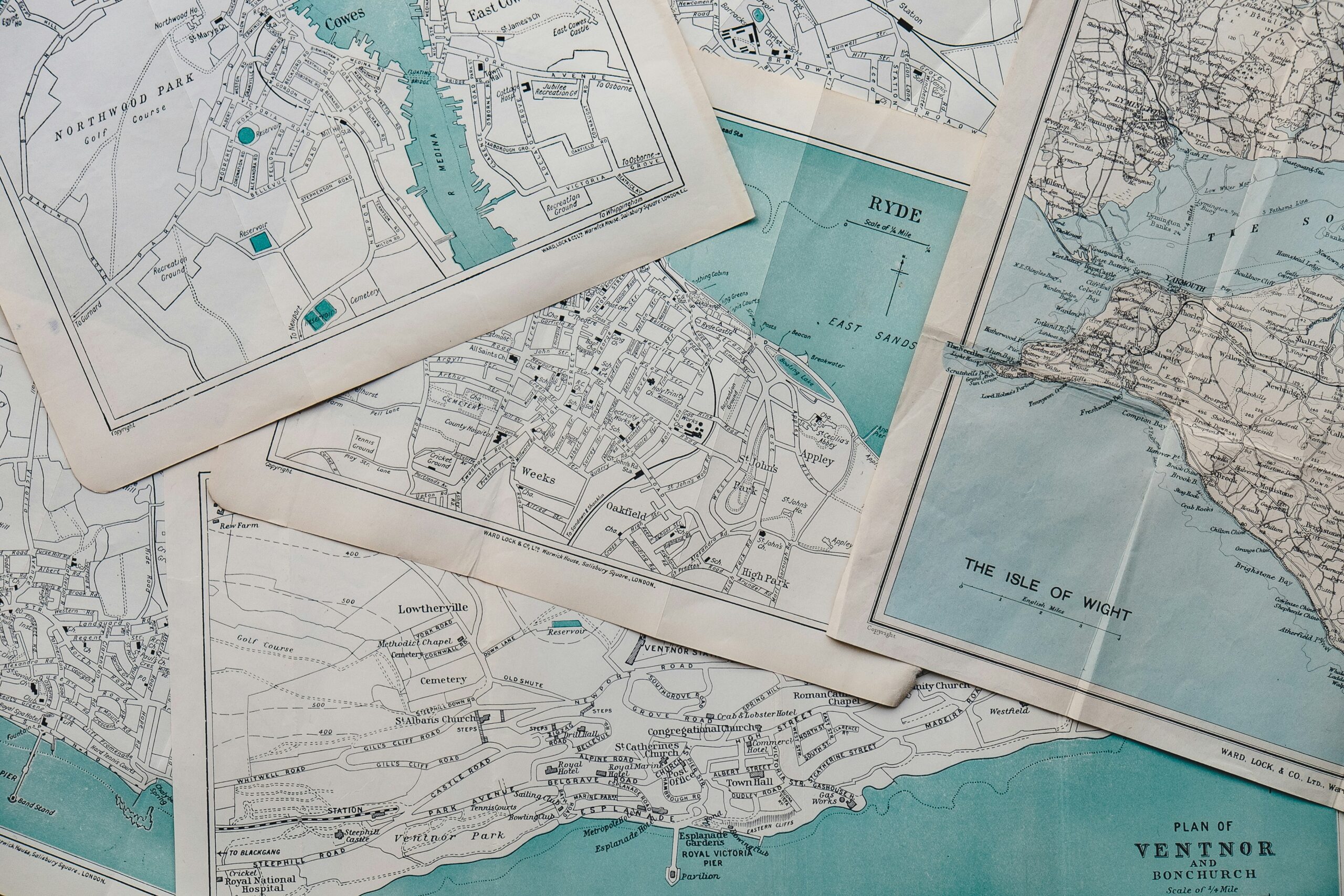Last week, I decided to kick it old school and take the “L” train from O’Hare to downtown Chicago. I decided the potentially sus stink from the CTA was better than the 3433 Glade Plug-In chemical stench emanating from all Ubers these days.
As I finished up buying my ticket, a young dude weighted down with two large rolling suitcases and a backpack was eyeing the machine next to me. Then he glanced my way.
“How does this thing work?”
I told him I’d be right with him.
After I grabbed my ticket, I brought him over to my machine. We walked through the steps. He tried one credit card, didn’t work. Another card, didn’t work. There was something a little unsettled about him–like I got the sense he’d just flown in from far, far away and was confused from jet lag. He kept trying cards, then PIN numbers, and I didn’t want to seem overbearing, so I gave him a, “As soon as you get your PIN in, you should be good, I’ll leave you to it…” and started to walk away.
Then I stopped. Something inside said don’t leave just yet. I watched more failed card attempts. Finally, I went back over, pulled out my card, and told him I’d get his ticket. He offered to cash app me. It was $5.00. I covered it. Also, I don’t know what the cash app is.
After I emerged from the Washington L stop, I found myself in a square downtown, staring at my Google maps, trying to figure out where Kinkos was so I could go pick up my workbooks.
I felt a presence off to the side. My gut clenched, and I thought, is this going to be some awkward someone asking for something awkward and/or are they going to pounce on me? Because normally pouncers wait until you give them attention?
When I glanced up, there was a lovely young lady with a welcoming if uncertain smile asking if I could help her find her way. Her phone was dying, and Google Maps was in spin cycle, not doing its thing.
“Of course!”
We looked at the map and where she was trying to go. She named the business in halting English. We confirmed the address, and Google Maps was still not helpful. I looked up and saw there was a handy dandy information desk in one of the massive buildings in the square.
I encouraged her to go ask them; they’d have more information than me, and I wished her luck.
I went back to my spinning Google Maps.
A few minutes later, she came out, and I was still there.
“Did they help?”
“Not really. They said it’s on that side of the street,” pointing across the way.
“Well, that’s completely incorrect,” because while I didn’t know where she was going, I knew that it was an even-numbered building and the other side of the street was odd numbers.
“Let’s go,” I said. “We’re going to find this place!”
We walked a whole block and a half, and there she blew! Her destination! Turns out she had walked by it but was too busy staring at her unhelpful Google maps! (Cue newsletter about looking up and not looking at our phones. Or that was the newsletter. WINK FACE)
As I headed off to find Kinkos, I got to thinking about those two encounters. First, how both of those people asked for help. Then, the degree to which I offered them help.
I could have ignored the skittish dude at the CTA machine.
I could have pointed to the information desk, told her good luck, and gone on my merry way.
Neither of those responses seemed right. (For the record, I am not asking for a GOLD STAR. I’ll assume everyone in this community would have done the same!
For some reason, I was called to follow through. I was called to follow up and make sure they got where they were going. They didn’t ask for me to pay for their ticket. They didn’t ask for me to walk them down the street. But sensing the uncertainty of what they were both dealing with, and thinking about what I would want, I stood by them and got them where they needed to go.
It’s about follow-through. It’s about owning it.
When you give people direction or guidance, you’re hoping they’re going to run with it. You’re hoping they’ll take the initiative and find their way. You don’t want to be seen as a miser or micromanager. You want to let people spread their wings.
Do you follow up to see if they made it? Not to micromanage but to encourage.
Do you check in to see where they stand along the way?
Do you make it clear that you’re there for them if they have questions, and that you’ll support them until the work is done?
We think people got it. We don’t want to micromanage. We rely on our individualism and want to prove to ourselves and others that I’M GOOD, BRO, I don’t need any help. We assume others are thinking and wanting the same.
What if we shift from the mindset of micromanagement to encouragement? What if we shift from staring over people’s shoulders to making sure they get the support they need? What if we don’t assume that everyone can figure everything out by themselves and are there to offer the guidance they need?
What if we all took ownership of how we show support, and see it all the way through? Make sure we get people to their destinations, wherever they may be.
Of note: If ever you’re in Chicago, or any city for that matter and see me, feel free to ask for directions. Four others did last week, and I got them on their way.




